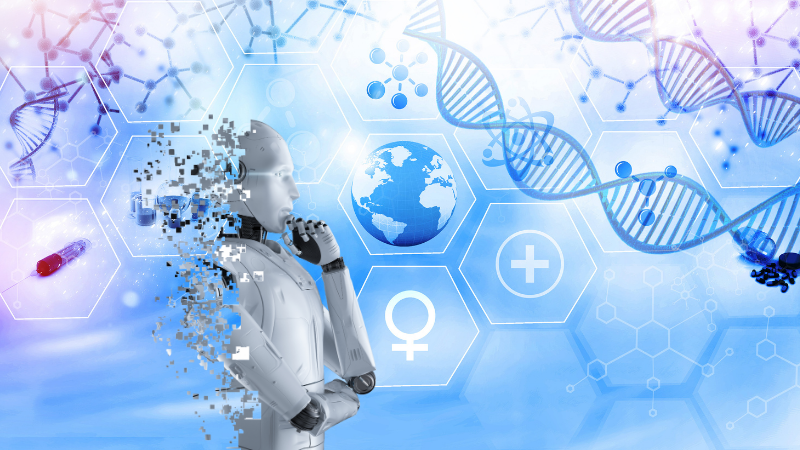In the era of Artificial Intelligence (AI) dominance, the application of AI in life sciences translation emerges as a transformative force.
Many are unaware that AI has long been a silent force in translation, with Translation Memory utilizing neural network algorithms for match rate analysis. This foundation laid the groundwork for the evolution of AI in translation, leading to the rise of Machine Translation.
Machine Translation (MT) has been a stalwart in AI applications for translation. From Rule-Based Machine Translation (RBMT) and Statistical Machine Translation (SMT) to the transformative Neural Machine Translation (NMT), the industry has witnessed a paradigm shift. Notably, both NMT and the current AI for Global Content (AIGC) employ the revolutionary Transformer architecture, reshaping the landscape of translation applications.
Despite the advancements in NMT, the life sciences domain's stringent requirements necessitate human intervention in translation processes. Precision and accuracy remain paramount, and this section emphasizes the ongoing need for the human touch in achieving these standards.
The emergence of AI for Global Content (AIGC) sparks speculation on its potential impact in life sciences translation. This section delves into prospective areas of influence.
Assistive Role in Translator's Process
AIGC is anticipated to play an assisting role in the translator's workflow. By enhancing productivity and providing intelligent suggestions, AI is poised to streamline the translation process, offering valuable support to human translators.
Evaluation of Translation Results
The future involves AI actively contributing to the evaluation of translation results. AI algorithms can assist in assessing accuracy, coherence, and domain-specific nuances, ensuring a higher quality of translated content in life sciences.
Automation in Project Management
AIGC's potential impact extends to project management processes. By introducing partial automation, AI can facilitate smoother project workflows, optimizing resource allocation, and enhancing overall efficiency in the complex landscape of life sciences translation projects.
In conclusion, the historical journey of AI in translation, from the roots of Translation Memory to the current Transformer architecture, sets the stage for contemplating its future in life sciences translation. The advent of AIGC opens doors to enhanced collaboration between AI and human translators, promising a future where precision, efficiency, and automation converge to redefine the dynamics of translation in the life sciences domain. As we embark on this evolving journey, the synergy between AI and human expertise stands as a beacon for the future of translation in the ever-expanding frontiers of life sciences.

 Life Science SolutionsMarch 21, 2023Life Science Translation ServicesClinical Trial TranslationRegulatory Compliance ServiceseCTD FilingMedical LocalizationMedical InterpretationMedical Deviceview
Life Science SolutionsMarch 21, 2023Life Science Translation ServicesClinical Trial TranslationRegulatory Compliance ServiceseCTD FilingMedical LocalizationMedical InterpretationMedical Deviceview ServicesNovember 10, 2020view
ServicesNovember 10, 2020view Localization SolutionsMay 16, 2023view
Localization SolutionsMay 16, 2023view